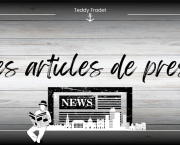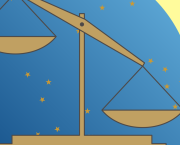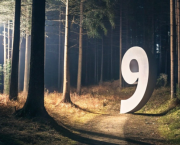
Storytelling secrets for articles, blogs and social media
 5 min
5 min
Storytelling secrets for articles, blogs and social media
One of the best descriptors of writing that's ever written: ‘The book belongs to the reader, not the writer.’
As writers, it is easy to forget that the words we write are just…words. Blank words on paper or a digital screen until the reader brings them to life. With understanding. With imagination. With connection.
So how do you get your reader to connect with a topic they may not care for or know very little about? The solution isn’t really a new one. It is a skill that mankind has relied on since time immemorial: Storytelling.
Every article, blog or social media post that you write is essentially you telling a story. A story of something that has happened or should happen and why it matters. The better you tell the story, and the more relatable you make it, the more likely your









 English
English
 Français
Français
 Deutsch
Deutsch
 Italiano
Italiano
 Español
Español



 Colaborar
Colaborar









 Puedes apoyar a tus escritores favoritos
Puedes apoyar a tus escritores favoritos





